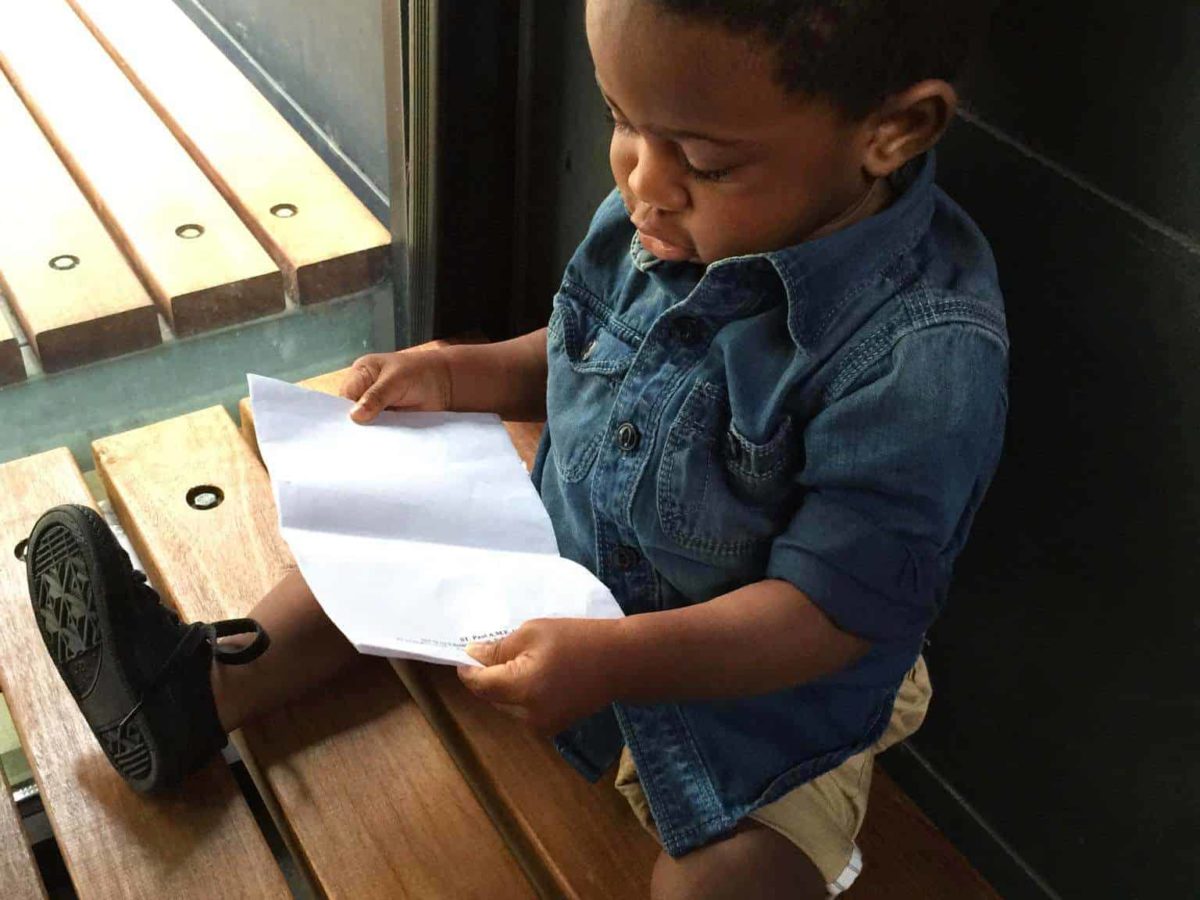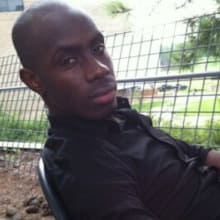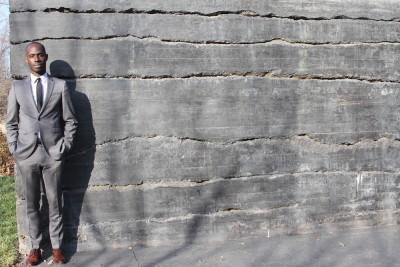

Dear Miles,
A friend recently asked me how the Black community organizes around the issue of police violence. Most of the inquiry focused on the need for unity and/or identifying a singular voice to speak for all of us.
In my experience, this expectation of unity is not placed in the same way on the majority of other racial groups in America, and I worry because the expectation of unity is often only called for on current, negative social issues (for example, police violence, crime, poverty, and dropout rates).
I understand the desire for unity, but the call seems limiting to me given the array of ethnicities in our Black community.
Ethnicity vs. Race
Ethnicity is not just a person’s race. I am African American, but that doesn’t describe my ethnicity. To me, ethnicity is about tradition, learned behaviors and customs. It is a celebration of experiences and ideas that are part of a region of people. Globalization has opened the door for more choice and change, encouraging a mixing of styles and ideas from different cultures, making it impossible to identify ethnicity based solely on a person’s appearance.
For example, I have the appearance of an African American male (pigmentation, hair, nose, eyes, etc.), but that does not speak to my journey in America defining my ethnicity. I was born to military parents in Texas. I spent time and learned from family members in the Northeast. I was raised in south Florida. I do not have a southern or northern accent. I now live in Raleigh, and it is hard for anybody to tell where I am from.
In my mind, ethnicity allows for individual change. I can move from one region to another and assimilate my beliefs, actions, and customs to identify with those around me. Race is biological and cannot be altered.
Back to police violence and race
I believe the lack of cultural understanding on the issue of ethnicity and race creates a cloudy lens by which to view the current news of police violence and race. Most of the conversation centers on stereotypes of Black males.
Schools and communities across North Carolina are aware of the statistics of the disparities that exist between the rate of suspensions, arrest and expulsion along racial lines. The perception that an officer might have of a Black male and the perception that a Black male might have of an officer is a dangerous mix.
How do we, as educators, intervene on behalf of both sides to address the stereotypes that heighten these dangerous encounters?
Finding a solution in our schools
I asked my students how they feel about police officers and why they think police violence is all over the news. Their answer is not surprising. Most of the students believe that all white male officers are racist. Their perception is that only white officers kill black people. They feel unsafe in their neighborhoods if white officers are present.
I explained that racism runs both ways.
To address their perceptions, we invited officers to visit our school. We want the officers to become a part of the students’ community in a non-threatening way and for the students to expand their understanding of the human beings behind the job. We invited the officers to take off their uniforms and play basketball with the students to share space and create community.
Statistics reinforce the stereotype of Black males in education — dropout and suspensions rates — and criminal justice — prison rates — and perpetuate a single view of Black men. All Black males are not dangerous. All Black males are not destined to criminal behavior. The Black community is filled with role models for us all.
The Black community: Church, social media, and school
The Black community is filled with diversity in political views, music, and cultural. Our community has expanded beyond churches and barber shops.
The church used to stand as the center of the Black community. Now the global reach of mega churches has made Sunday worship a non-local experience filled with multiple ethnicities.
Social media has altered how these communities look as well. Using tools like Facebook and Meetup.com, I can choose and create a community that best reflects my ethnic appetite. What you look like or where you live is no longer an indication of your behaviors and customs.
And this is what makes defining the Black community difficult. The Black community no longer fits into one neat box around one neat issue with one neat voice for us all.
The school continues to bring together racial and ethnic groups into one defined space. Schools can help display and redefine the Black community as a range of cultural types and behaviors. Resource officers in schools can also help address the stereotypes of Black males by engaging in the communities of young Black students. I encourage you to get to know the goals, likes, and hobbies of your Black male students.
Slowly, together, we will break down the stereotypes, and all of us will speak in our own authentic voices defined by our individual journeys and ethnicity.
Miles, I hope your educational experiences and community will be painted with the richness of cultural diversity and that the police violence we see over and over again in the news will become thing of the past.
Your Dad
Previous letters:
An open letter to my son, Miles


